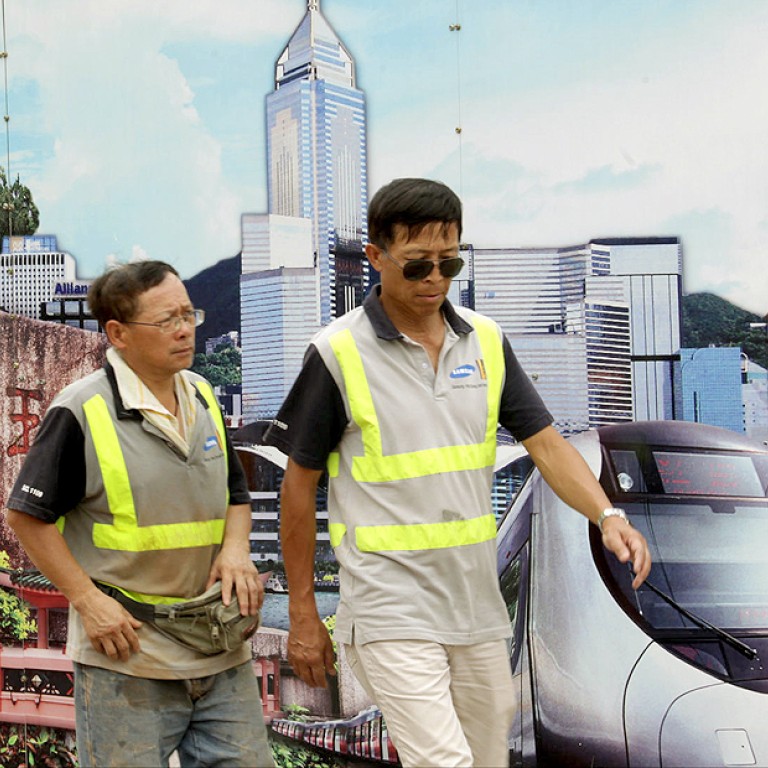
New blow for MTR as relic find delays work on Sha Tin-Central link
Sha Tin-Central link joins list of MTR projects that are set to run late
The discovery of ancient relics has caused a five-month delay in work on the Sha Tin-Central railway link's To Kwa Wan section.

The announcement came two months after the publication of an interim archaeological study report showing that thousands of relics dated from the Song dynasty (960-1279AD) to the early 20th century had been found at the site of To Kwa Wan station and two tunnels connecting it to Ho Man Tin station.
The progress was reported to 14 legislators who visited the site yesterday for briefings from the MTR and archaeologists.
Yet the corporation would not say whether the opening of the Tai Wai to Hung Hom section of the link, scheduled for 2018, would be delayed. The line is due to go into full service in 2020 when the Hung Hom to Admiralty section is completed.
"So far there has been some construction work suspended due to archaeological studies," general manager for the project Philco Wong said. "The time impact is five months. We are discussing with the government possible construction techniques to catch up."
Lawmakers were split on the conflict between conservation and the urgency of the long-awaited railway project, which has been planned since 2000.
Chan Kam-lam, chairman of the Legislative Council transport panel and a Democratic Alliance for the Betterment and Progress of Hong Kong member, was concerned about the delay.

But the Civic Party's Claudia Mo Man-ching, who represents Kowloon West, said a majority of residents favoured building a heritage museum integrated with the railway and did not mind a delay in the line's completion.
On Sunday, the History Needs Us group released photographs of empty pits at the site and suggested there might have been a cover-up of relics removed from them. Citing the MTR's briefing, Mo said one pit was a waste-collection trench from the Qing era (1644-1911) and the other two were piling holes for the railway.
Michael Tien Puk-sun, chairman of the Legislative Council's railway subcommittee, said an old well and a drainage system should stay for public display. This meant the MTR would need to revise the station design. "I believe the MTR is absolutely able to do the redesign," Tien said.
